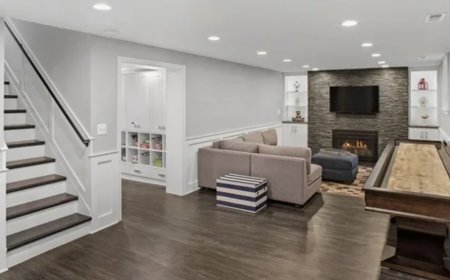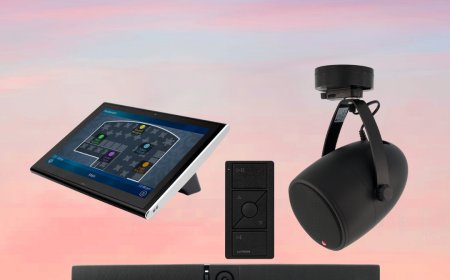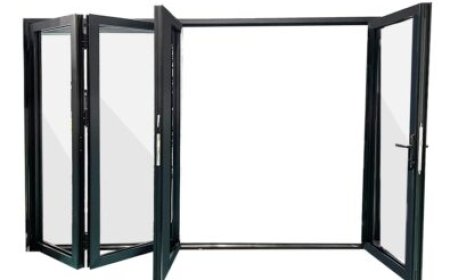The Role of a Conference Table in Modern Workspaces
In todays collaborative work environment, the conference table has become more than just a piece of furniture. It serves as the central hub for decision-making, brainstorming, client meetings, and strategic discussions. Whether in startups, multinational corporations, or co-working spaces, the conference table is where critical conversations happen. The design, size, and placement of a conference table can influence productivity, engagement, and even the psychological dynamics of a meeting. It reflects the companys culture and valuesminimalist tables suggest agility and openness, while grand, luxurious designs project authority and tradition. A well-chosen conference table contributes significantly to the workflow and functionality of any office setting, giving employees a designated place to share ideas, resolve issues, and build rapport. As organizations continue to evolve toward more dynamic and integrated models of communication, the importance of a versatile and strategically selected conference table becomes even more evident.
Choosing the Right Conference Table for Your Office
Selecting a conference table involves more than measuring a room and filling the space. It requires a thoughtful understanding of the companys daily operations, meeting culture, team size, and long-term needs. One of the primary considerations is the shape of the table. Rectangular conference tables are timeless and promote structure, while round or oval tables encourage equality and open dialogue. Modular conference tables offer flexibility for growing companies and multi-purpose rooms. The material and finish are also crucial. For instance, wood adds a warm, traditional appeal, while glass and metal offer a modern, sleek look. It's important to also consider cable management features for technology integration, such as hidden power outlets or wire-routing channels. Choosing a conference table that aligns with the companys aesthetics and operational requirements ensures comfort, efficiency, and a polished impression on both clients and employees.
The Impact of Conference Table Design on Team Collaboration
A well-designed conference table can have a direct impact on team collaboration and meeting outcomes. When people are seated comfortably, with appropriate spacing and unobstructed views of each other, communication naturally flows better. Some companies are adopting adjustable conference tables that support both seated and standing meetings to foster movement and energy. Ergonomics also play a vital role; ergonomic design ensures everyone is comfortable during long discussions. Integrated digital features, such as built-in screens or ports for devices, enhance presentations and real-time data sharing. Additionally, the positioning of the conference table in a well-lit, sound-optimized room with proper ventilation further enhances the meeting experience. An intelligently designed conference table, therefore, becomes a tool for better communication, faster decision-making, and more productive discussions.
Size and Space Considerations for Conference Tables
One of the most practical factors to consider is how the conference table fits into the allocated space. An oversized table can make a room feel cramped and unwelcoming, while a table thats too small may look awkward and fail to accommodate all participants. As a general rule, each person should have at least 30 inches of table space, and there should be at least 48 inches of clearance around the table for easy movement. These guidelines ensure that people can navigate the room comfortably and that additional items like chairs, presentation boards, and digital screens dont feel congested. Furthermore, the layout of the office should guide the shape and type of the conference table. For example, in an open-concept office, glass-top or minimalist conference tables create a feeling of continuity, whereas traditional offices might benefit from robust wood tables that define formal meeting zones. Balancing functionality and aesthetics while maintaining spatial harmony is key to maximizing the effectiveness of your office layout.
Technology Integration in Modern Conference Tables
With the rise of hybrid and remote work models, integrating technology into conference table design has become a standard rather than a luxury. Many conference tables now come with built-in USB ports, HDMI connections, wireless charging pads, and even touchscreen panels for interactive meetings. This integration allows teams to conduct seamless video conferences, real-time document collaboration, and virtual presentations. As businesses increasingly depend on digital infrastructure for daily operations, these smart conference tables reduce clutter and enhance productivity. Voice and video technology compatibility, data security features, and flexible connectivity options make these tables a cornerstone of modern workspaces. In tech-savvy companies, investing in a tech-integrated conference table ensures that meetings are more than just physical gatheringsthey become interactive experiences that bridge geographical distances and enhance real-time collaboration.
Sustainable Materials and Eco-Friendly Designs
Sustainability is gaining importance in office furniture selection, and the conference table is no exception. Businesses are now looking for furniture made from recyclable or sustainably sourced materials. Bamboo, reclaimed wood, and recycled metal are common choices that blend durability with environmental consciousness. Some manufacturers also offer conference tables with low-VOC finishes, which improve indoor air quality and contribute to healthier workspaces. By choosing sustainable conference table options, companies not only fulfill their corporate social responsibility goals but also appeal to environmentally conscious clients and employees. The move toward green office furniture reflects a broader trend in workplace design where functionality, aesthetics, and sustainability go hand-in-hand.
Customization Options to Reflect Your Brand Identity
One of the growing trends in office design is furniture customization, especially when it comes to focal pieces like the conference table. Businesses are increasingly opting for custom-built tables that reflect their brand colors, incorporate their logos, or align with their overall interior design theme. Customization allows companies to communicate their unique identity even through subtle visual cues. For example, a tech startup might prefer a sleek white table with integrated screens, while a law firm might choose a dark walnut design with traditional craftsmanship. Personalized touches on a conference table dont just elevate the aesthetics; they also reinforce brand perception among clients, partners, and team members. Whether you prefer minimalist Scandinavian designs or intricate handcrafted finishes, there are endless customization options that can turn your conference table into a statement piece.
Conclusion: A Conference Table is More Than Furniture
A conference table is a strategic investment in your workspace that impacts collaboration, communication, and corporate image. It is where innovation is born, strategies are refined, and team culture is built. When chosen thoughtfully, it becomes a valuable asset that contributes to the overall productivity and identity of your office. From space planning and design aesthetics to technology integration and environmental impact, every aspect plays a role in shaping its function and presence. For businesses in the Philippines looking to upgrade their workspace, selecting the right conference table can set the tone for meaningful interactions and long-term success. One trusted name to consider when sourcing reliable, high-quality office furniture is Office furniture supplier Philippines, which offers a wide range of solutions to suit various organizational needs and styles.






































